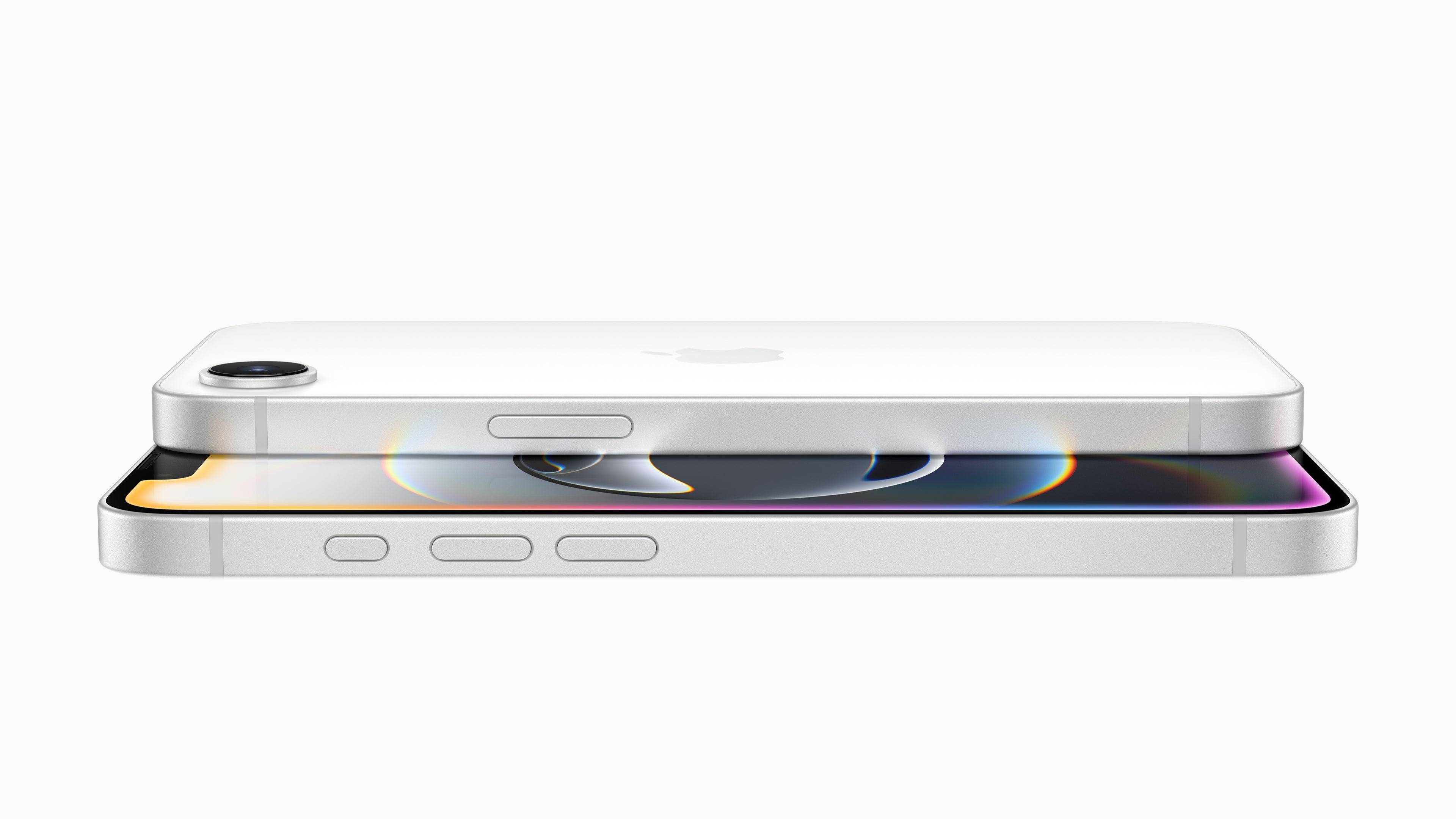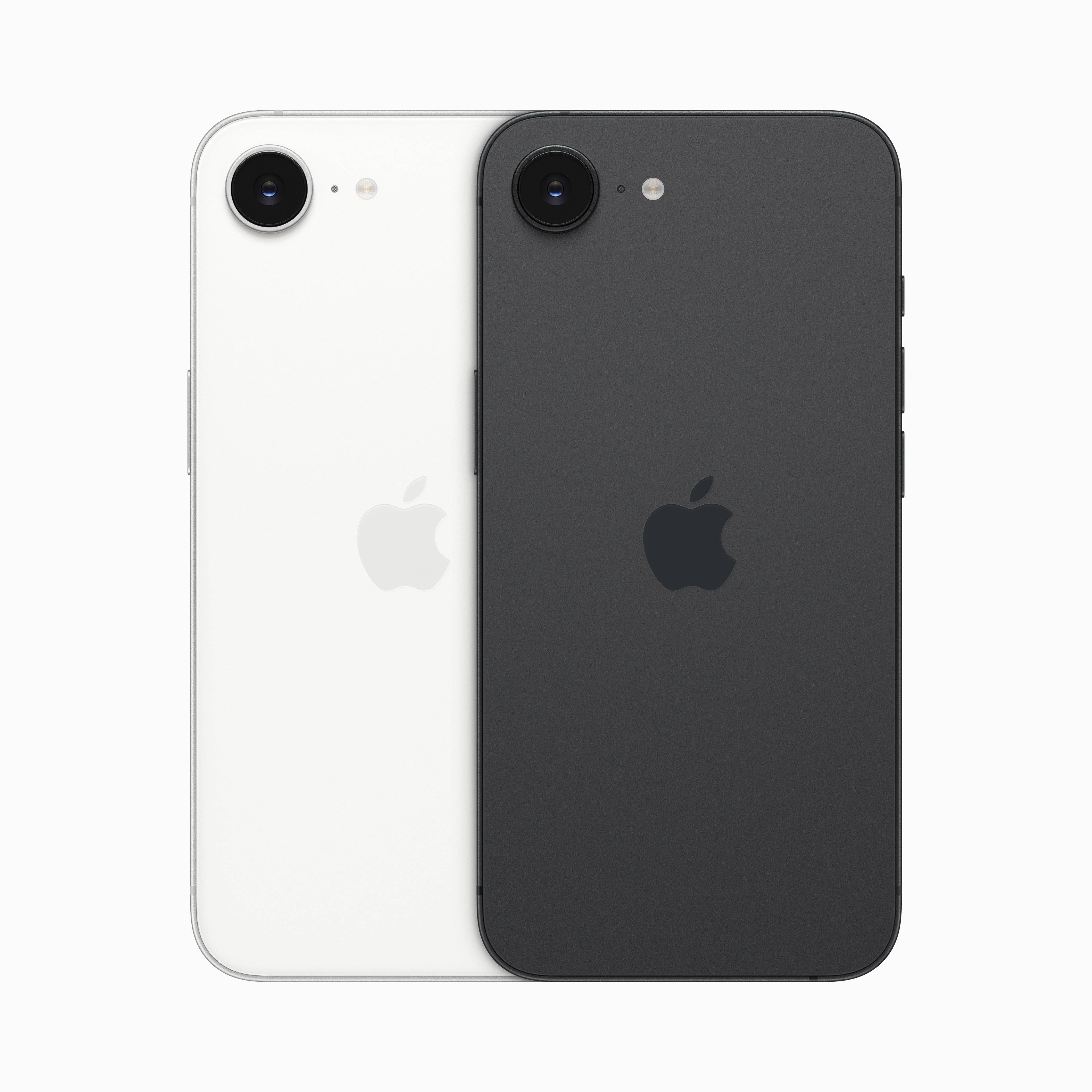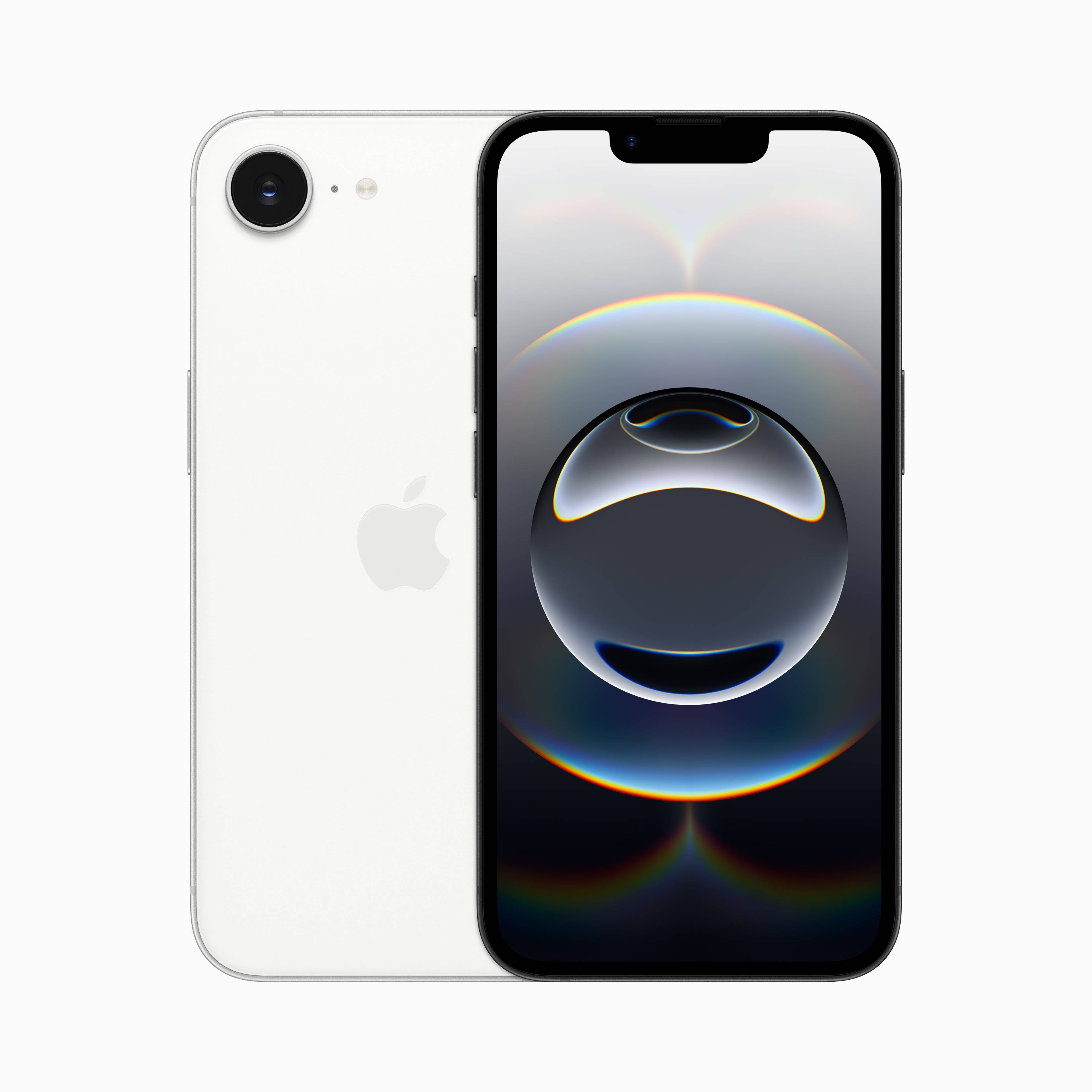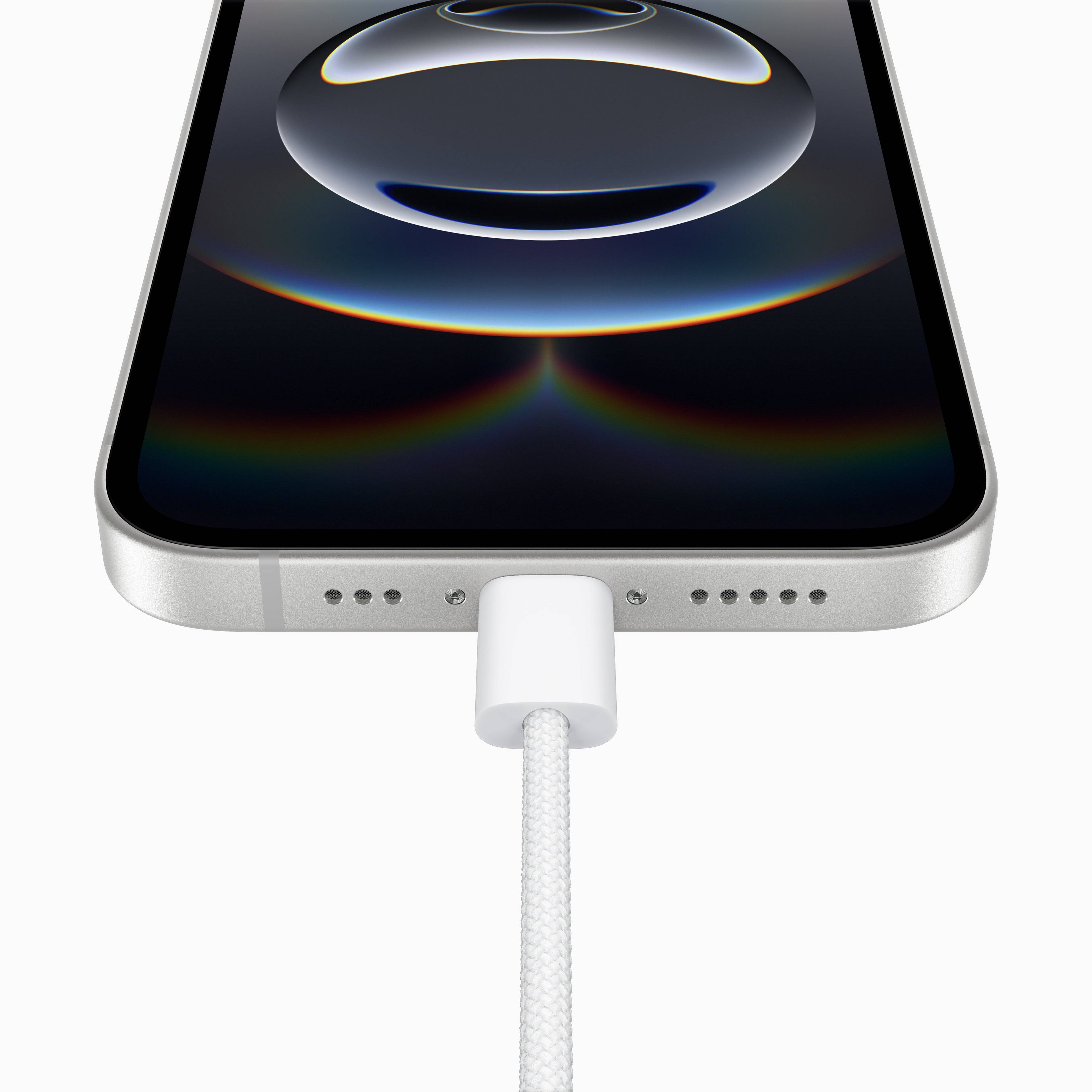On Wednesday morning, Apple unveiled the iPhone 16e, marking it as the most affordable model in their current lineup. This new addition effectively replaces the 2022 iPhone SE, shifting away from the deep discounts that characterized the SE series. Priced at $599, the iPhone 16e narrows the price gap with the $799 iPhone 16 released last fall. Pre-orders begin on Friday, February 21, with the official release set for the following week on Friday, February 28.
The iPhone 16e introduces Apple's new C1 cellular modem, the first of its kind. Apple has a strong track record with its proprietary chips, such as the M-series in its computers and the A-series in its mobile devices. The cellular modem, often overlooked, plays a crucial role in a phone's performance. Should the C1 modem fall short, it could lead to connectivity issues. Apple's past experience with the "Antennagate" scandal, where the iPhone 4 faced signal strength challenges due to antenna design, should hopefully guide them to ensure robust connectivity for the iPhone 16e.
iPhone 16e

 4 Images
4 Images

From the front, the iPhone 16e closely resembles the iPhone 14, sporting a 6.1-inch OLED display with a 2532x1170 resolution and a peak brightness of 1,200 nits. While not as sharp or bright as the iPhone 16, it does feature the Action button and a USB-C port, though it omits the Camera Control.
The back of the iPhone 16e stands out with a single 48MP camera, echoing the design of the iPhone SE. Although it shares many traits with the iPhone 16's main camera, certain advanced features like sensor-shift stabilization, the latest Photographic styles, and adjustable focus in portrait mode are reserved for the higher-tier model. The front-facing camera remains unchanged and includes Face ID.
The iPhone 16e's construction includes an aluminum frame, a glass back, and Apple's Ceramic Shield front cover. Despite Apple touting the Ceramic Shield as "tougher than any smartphone glass" in their press release, it's important to note that a newer version of Ceramic Shield, claimed to be "two times tougher," is available. This raises questions about the durability of the Ceramic Shield on the iPhone 16e, especially considering the wear and tear observed on the iPhone 16's display during reviews.
Internally, the iPhone 16e showcases Apple's product stratification strategy. While it shares the "A18" chip with the iPhone 16, it features a 4-core GPU compared to the iPhone 16's 5-core GPU. This suggests a performance step down from the iPhone 16, which already lags slightly behind the iPhone 16 Pro. However, the inclusion of the Neural Engine ensures that the iPhone 16e can utilize Apple Intelligence features.
The iPhone 16e, while not as heavily discounted as early iPhone SE models, represents a compromise necessary to achieve its $599 price point. The 2022 iPhone SE, for instance, launched at $429 with the same chip as the then $799 iPhone 13, offering nearly a 50% discount despite its dated design. The iPhone 16e, built on a design just a couple of years old, does not offer such a significant price reduction.
The real-world performance of the iPhone 16e remains to be seen. With compelling alternatives like the OnePlus 13R available around the $600 mark in the Android market, Apple might find it challenging to attract buyers outside of its ecosystem.





![Chubby Story [v1.4.2] (Localizations)](https://images.737c.com/uploads/85/1719638042667f981a5e9f8.jpg)


